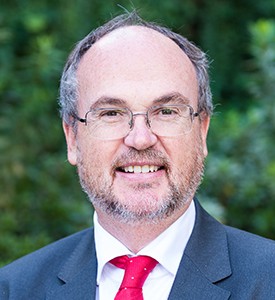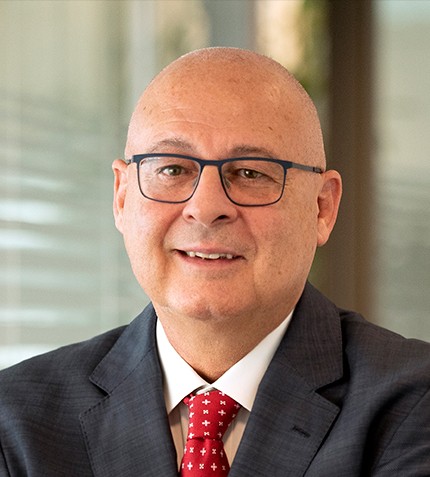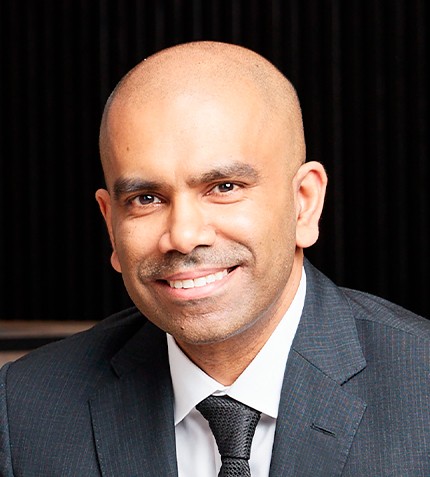
“Western Australia is a technology story, and the reason why our mining industry is so successful is that we apply technologies to industry to solve problems. In fact, 60% of the world’s mining software is made right here in Western Australia.”
Hon. Bill Johnston
MINISTER FOR MINES AND PETROLEUM, DEPARTMENT OF MINES AND PETROLEUM, GOVERNMENT OF WESTERN AUSTRALIA
Western Australia’s resources industry experienced record sales of US$127.4 billion in 2018, according to the Department of Mines, Industry Regulation and Safety. What is your current mandate for Western Australia’s mining sector?
Western Australia is the strongest jurisdiction in the world for mining and resources, but we understand that we must make sure our strong position is retained. Whilst we have long had a strong position in iron ore, gold, LNG and nickel, the battery metal space is currently creating huge excitement and the government has just put together a strategy to support further investment across the battery materials value chain. We are also very excited about our strength in the mining equipment, technology and services (METS) space where there are many companies in Western Australia feeding into the sector. Many do not realize that we have more driverless vehicles in Western Australia than California with hundreds of trucks in our driverless fleet operating in mines across the Pilbara region, as well as a real strength in remote operations and automation.
Given the new opportunities being provided by battery material commodities, how is the government helping to evolve WA’s ecosystem so more value can be added?
Taking the battery industry as an example, we are providing support for various downstream processing. The government can provide land, help with partnering as well as assist with access to the Clean Energy Finance Corporation (CEFC), which can co-fund investment into the battery metals value chain. We also have an exploration incentive scheme where we carry out both pre-competitive geoscience work and a co-funded drilling program to help with exploration. The Department of Mines, Industry Regulation and Safety supports companies in finding minerals, but we can also help them further down the investment chain. We can help with skills development to support projects in the state.
AU$18 billion was invested into Western Australia’s mining industry in 2018. Do you expect capital investment to continue on an upward trend in 2019?
We do expect to continue seeing a strong pipeline of investment. The extraordinary position that we have in iron ore means that there is a continuing long-term opportunity for investment. We have also seen Rio Tinto find an interesting copper-gold-silver project in the Pilbara and the Gruyere gold project is getting close to completion, which will support new gold investment. 2018 was a record year for exploration, which is the life line for continued investment as investment follows these opportunities.
The average number of workers in the WA minerals sector in 2018 was 120,437, an increase of nearly 9,000 from 2017, but a talent shortage is impacting the industry. How are you addressing this challenge?
We try to remind people that there are stable, well-paid jobs in the mining industry. Unfortunately, the rhetoric after the end of the investment boom was that the mining boom ended and the wrong message was perceived. Although the investment phase was complete, the operational phase was just underway. Unfortunately, the industry discouraged people from applying for entry into training programs, and we are now putting effort into encouraging people to apply for training. We have also restructured our support for entry level training, and we are happy to partner with businesses to support upskilling of the workforce. Rio Tinto has partnered with the government-owned South Metropolitan Training College to create a new training pathway in autonomous operations.
Industry 4.0 is transforming the way business is carried out across multiple industries. How are Western Australia and Australia positioning themselves to be global leaders in digital transformation within the mining sector?
Western Australia is the world’s leader in applying new technologies and new thinking to operations. If people want to learn about remote operations, this is the place to be. We are very lucky there are so many strong businesses in the METS sector supporting the move to big data, remote operations and autonomous activities. Western Australia is a technology story, and the reason why our mining industry is so successful is that we apply technologies to industry to solve problems. In fact, 60% of the world’s mining software is made right here in Western Australia.
Western Australia recently ranked second in mineral investment attractiveness according to the Fraser Institute’s Annual Survey of Mining Companies for 2018. How would you like the state to be perceived?
Western Australia’s geology is fantastically well endowed in all sorts of minerals, but we also have an entrepreneurial culture, high application of technology to solve problems, and skilled workers. There is nothing holding back our developments in Western Australia. We are an open trading economy and we have an effective regulatory framework that people have confidence in. Western Australia offers a very secure investment environment, and we understand the need to provide long-term security to investments. We do not restrict ownership structures or require sell downs after investment. Moreover, only 20% of the state has been explored, and we very much welcome exploration activity.










